Submitted by WA Contents
24H's "Hypermega" winners propose buildings that respond to the cities challenges in the future
Portugal Architecture News - May 31, 2019 - 04:05 22760 views
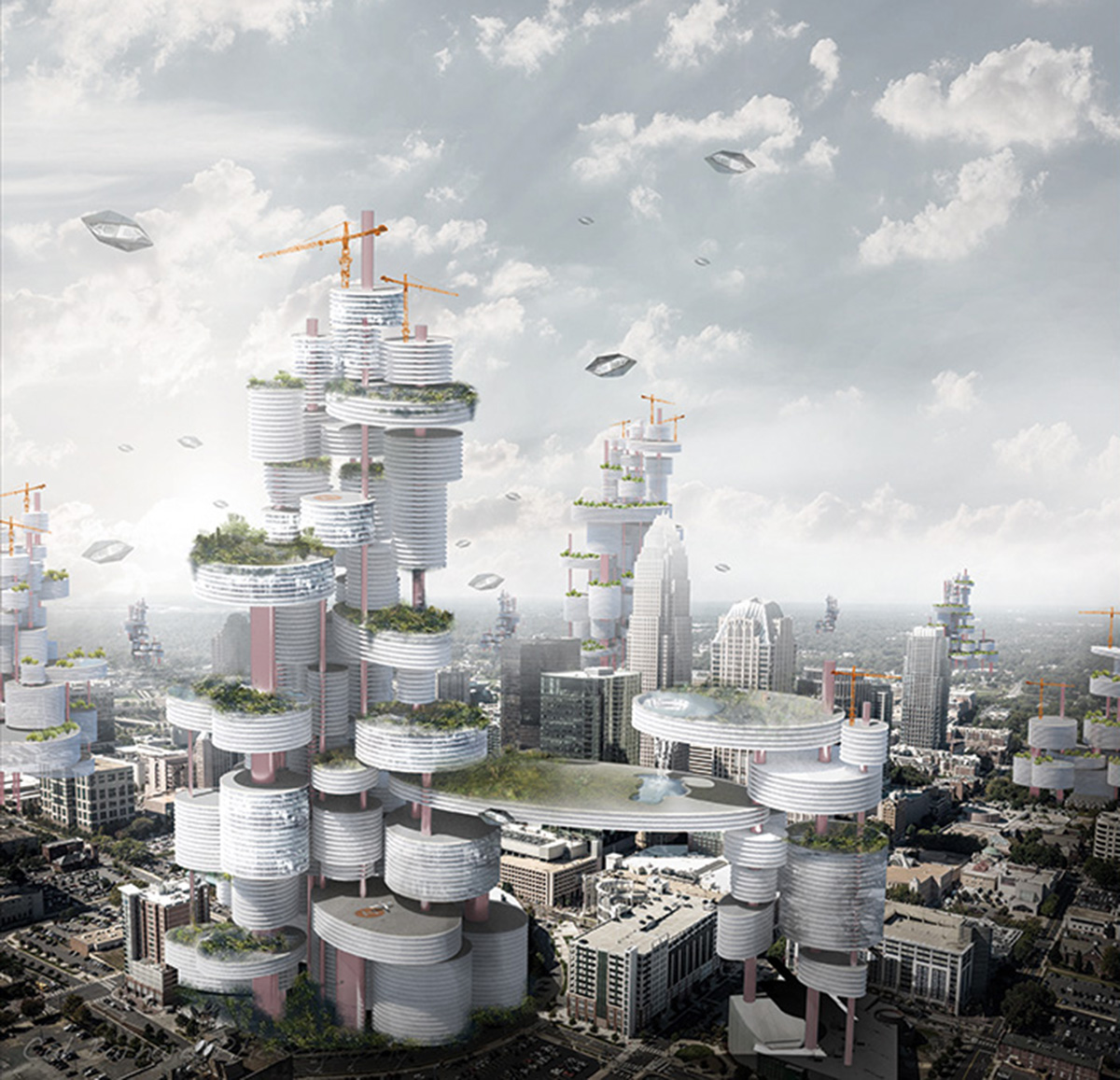
24H competition, a competition branch of ideas forward, has announced its winners for the 29th edition entitled "Hypermega", aiming to propose buildings that respond to the cities challenges in the future.
For this specific theme, the jury selected 3 winners from China, Austria and Malaysia and 7 Honorable Mentions from United States, Germany, China, Denmark and Austria.
The program of the competition was to create a city building and optimize the occupation of the soil becoming essential to face the new challenges of the cities with the population increasement.
The competitors should have also considered the technological revolution and the impact it would have on transportation and communication within cities. According to the program, the buildings of the future should have tended to be small towns themselves.
The program contained: Housing Population accommodating 5000 inhabitants (participants were free to distribute for different typologies and adding more), Commerce + Services - (participants should have considered a common area in the building that contains trade and services such as supermarkets, shops, offices, etc.), the building must adopt the best practices of sustainability and energy efficiency, there are no limits to the height of the building, areas - not defined, acess: land and air, other areas that competitions should consider.
Jury composed of: Architect Susana Ventura, Architect Duygu Tuntas, Architect Alezandre Marques Pereira, Architect Rui Oliveira, Architect Katherine Guimapang.
"The competition allows for students and young professionals to explore the possibilities of architecture by making them become a part of the solution. This particular brief challenges the participants to look beyond traditional design and construction methods and encourages designers to think on a global scale," said Katherine Guimapang, jury member.
"What will cities be like in the future? Ultramodern buildings cut by cars and buses that fly, robots that perform the domestic tasks, water 100% reused," said 24H.
"Will we live like this in 30 years?"
"Several breakthroughs for a distant future are already being tested in several cities, which function as laboratories of good ideas to replicate. A set of technologies developed by large multinationals has helped cities to become smarter, with efficient and less polluting transportation, green buildings and renewable energy. Half the population of the planet, which has just reached the mark of 7.6 billion people, lives in urban areas. It is estimated that by 2050 about 70% of the population will live in cities, which represents an increase of 1.4 million people per week."
"The impact on the environment is already enormous.The 3.5 billion urban inhabitants consume 75% of available energy and concentrate 80% of greenhouse gas emissions."
Scroll down to see the winners with jury comments below:
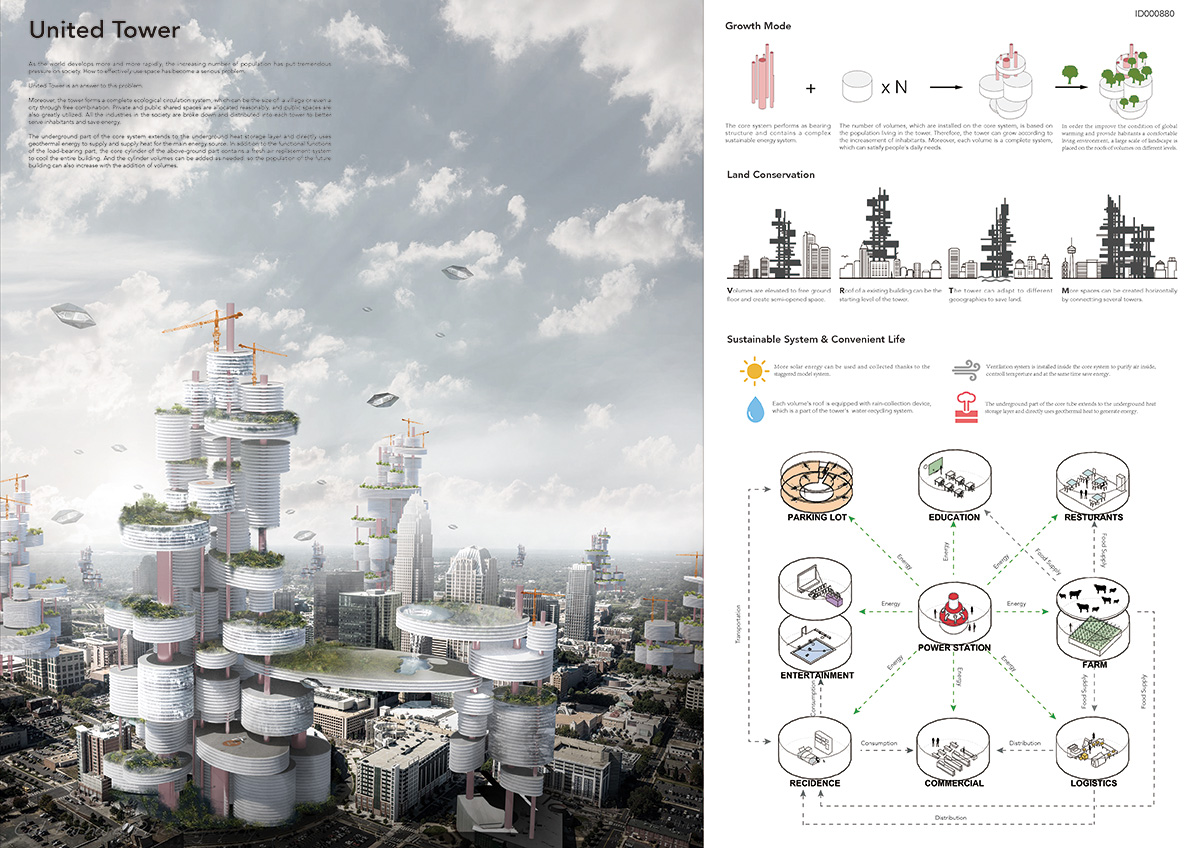
1st place: Hao Zhong, Shuge Du, Tingyu Duan from Nantong, China
"United Tower applies ideological concepts and ideas from several utopias combined with architectural examples of the XX century in a contemporary way under a programatic scheme that tries to respond to the future demands of the city building," said Susana Ventura, arch.
"Departing from the problematic of the increase in population, the design offers a neighborhood in the form of a series of towers which accommodate housing units and share common activities in between them," said Duygu Tuntas, arch.
"Very interesting proposal, in terms of ideal future city, and global architecture possibilities, in different programatic demands, and typological relations," said Alexandre Marques Pereira, arch.
"Versatility is one of the strengths, where the implantation of one of these structures can arise in the most diverse places. Adaptability with existing buildings makes the solution suitable for any existing city," said Rui Oliveira, arch.
"A wonderful blend of innovation and solutions to addressing alternative possibilities for growing urban areas. United Towers, provides the opportunity to explore how rapidly developing areas can thrive with the changing environment. Their Growth Mode concept provides an interesting approach to creating a sustainable energy system that allows forever for everyone to thrive from. The team has successfully addressed areas of sustainability and how they can be integrated into the structural design of the tower," said Katherine Guimapang, arch.
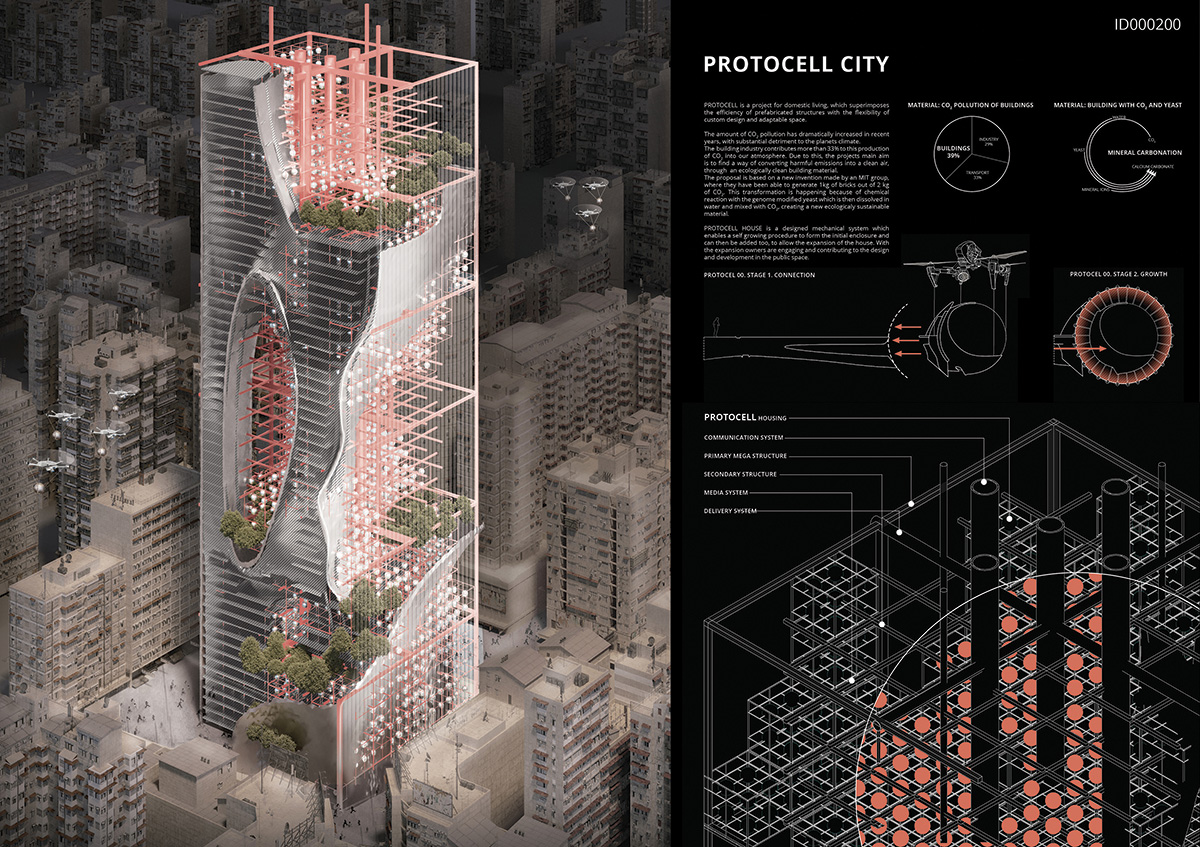
2nd prize: Monika Kalinowska, Denys Karandiuk from Vienna, Austria
"Protocell city tries to incorporate in its design and development some of the possible solutions to deal with the problems that are caused in great part by the building industry. It is at the same time a critique and a solution supported by the advanced studies from
MIT," said Susana Ventura, arch.
"The project proposes a vertical dwelling model in an urban context. It responds to the design problem by employing an adaptive-system approach that is open for alterations based on the change in the number of inhabitants and future needs of the society. The visualization of the design idea is very successful with its vibrant graphics," said Duygu Tuntas, arch.
"Intelligent proposal with a very high degree of flexibility that takes advantage of energy efficiency research. Interesting modular system," said Rui Oliveira, arch
"The team of Protocell City designan visuallyintriguing project that appropriately addressthe current CO2 pollution issue the world faces today with material exploration. By combining science, technology anddesign, Protocell City beautifully uses pollution as the material. Transforming the problem into the solution, the designers of Protocell City think beyond regular design approaches to create a proposal that emphasizes ondesign and construction," said Katherine Guimapang, arch.
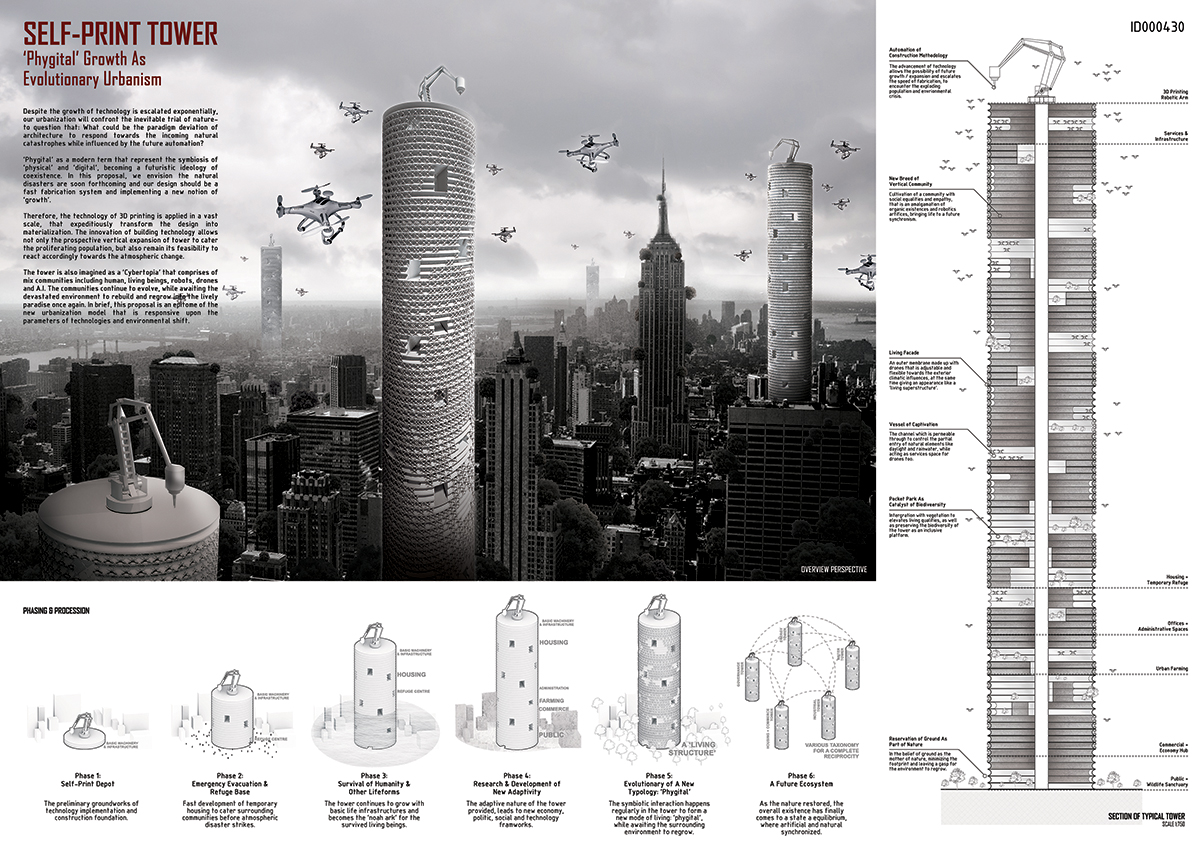
3rd prize: Yi Yang Chai, Hui Yi Cho Sharon from Seri Kembangan, Malaysia
"The proposal envisions an application for a technology that will have a strong impact in the future of buildingas it establishes an entire system from “self-print depot” to “a future ecosystem” as well," said Susana Ventura, arch.
"The project utilizes advances in digital fabrication technologies. It proposes vertical communities within 3D printed towers. Although the design idea is promising with its basic and minimal respond to the question of the competition, the proposal lacks programmatic and spatial diversity and differentiation," said Duygu Tuntas, arch.
"A futuristic but simultaneously realistic idea where constructive techniques are within our reach. Coexistence goes back to science fiction scenarios where the hope of returning to origins is present," said Rui Oliveira, arch
"Self-Print Tower creates an interested approach to urban design and communities with their "Phygital" growth systems for the future. Using and exploring 3D print technology, the Self-Print Tower provides a glimpse as to how the possibilities of 3D print technology can be pushed. The team were not afraid to challenge the concept of materiality and the opportunities of a large scale digital fabricated tower," said Katherine Guimapang, arch.
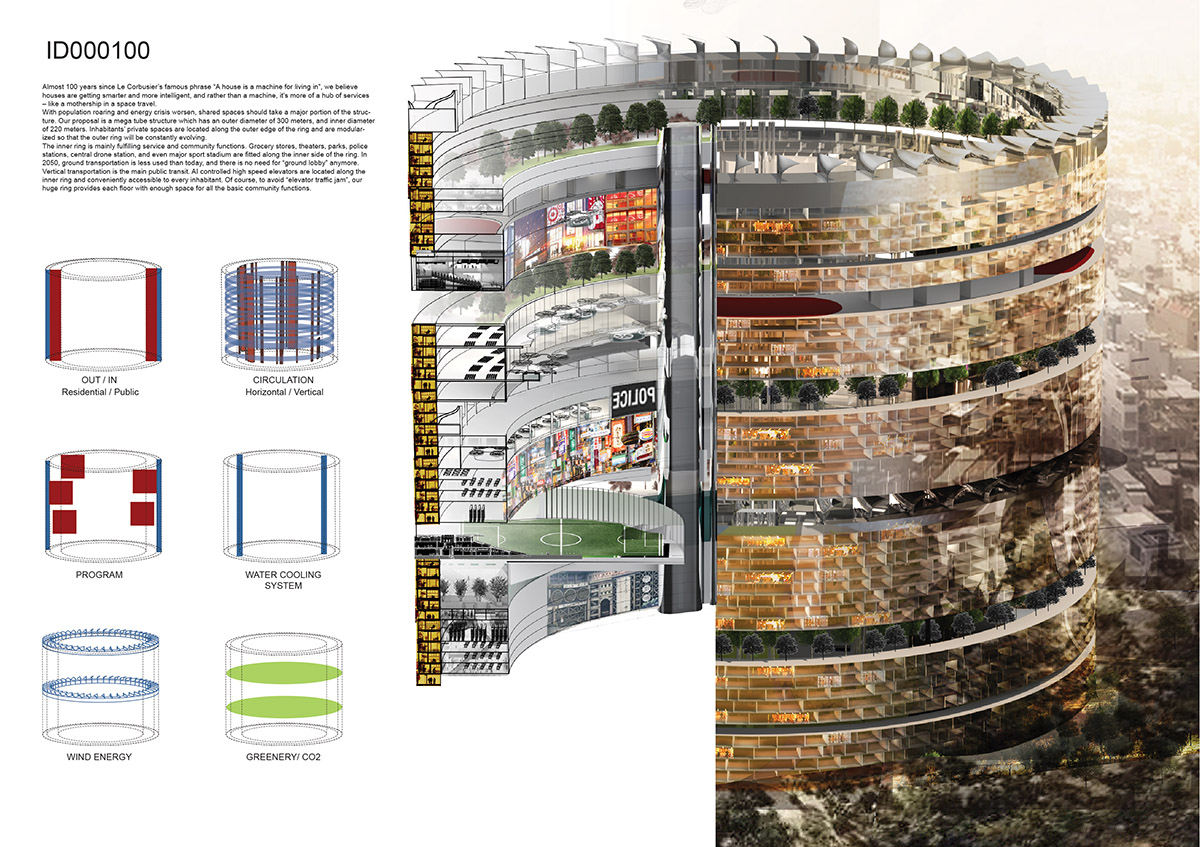
Honorable Mention: Wanjiao Chen, Lin Li from Brooklyn, United States
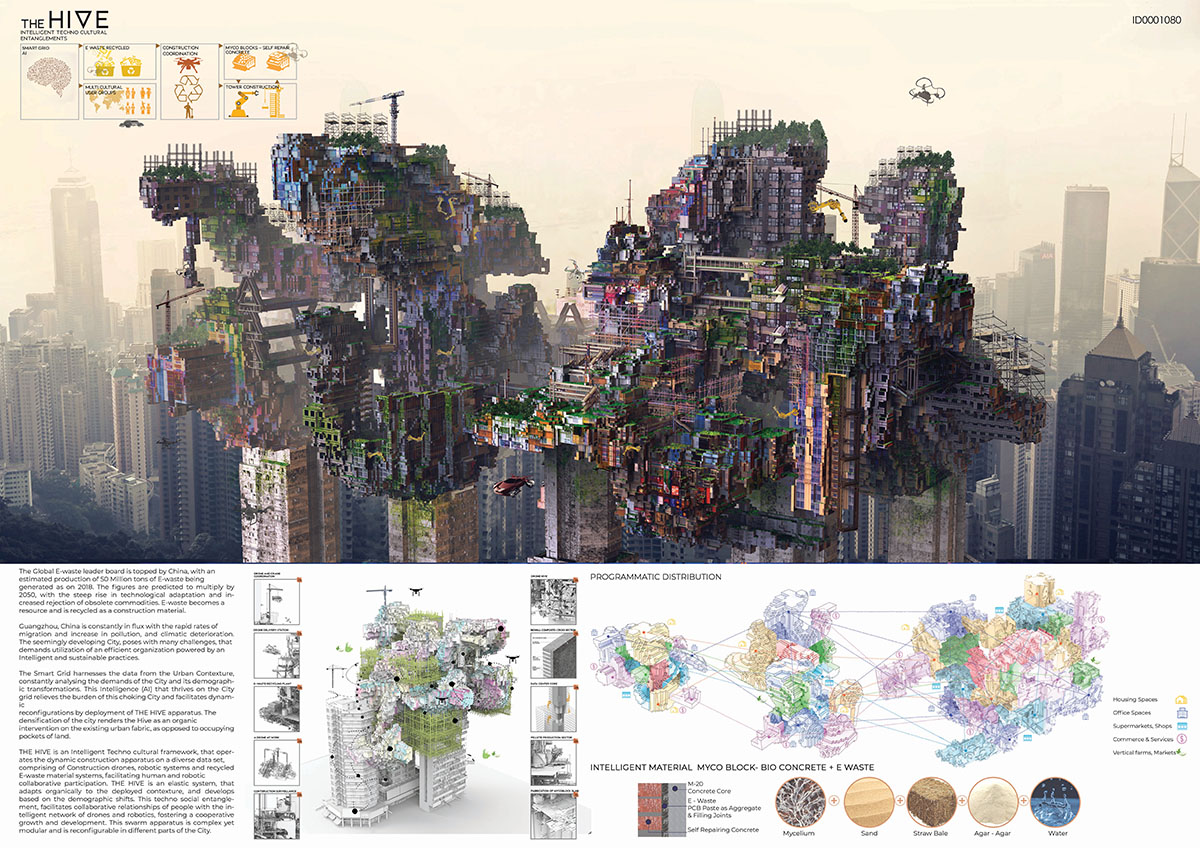
Honorable Mention: Vamsi Krishna Vemuri, Madhumathi Shankar, Uttam Solanki, Kalan Vanan from Frankfurt, Germany
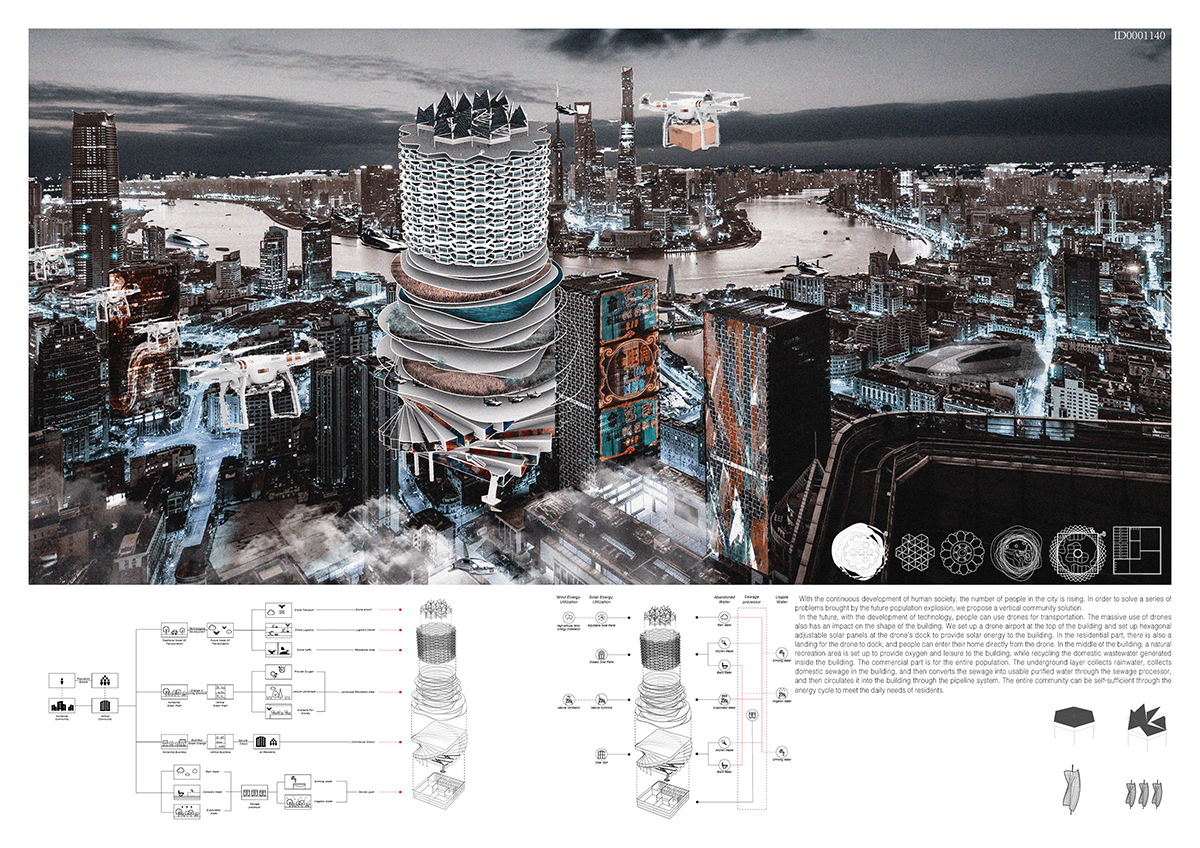
Honorable Mention: Yuan Zhou, Yifeng Guo, Jiaqi Ji from Shihezi, China

Honorable Mention: Wanjing Peng, Qikai Li, Zhengyou Chen, Yuhang Tao, Yulin Zhang from Ningbo, China
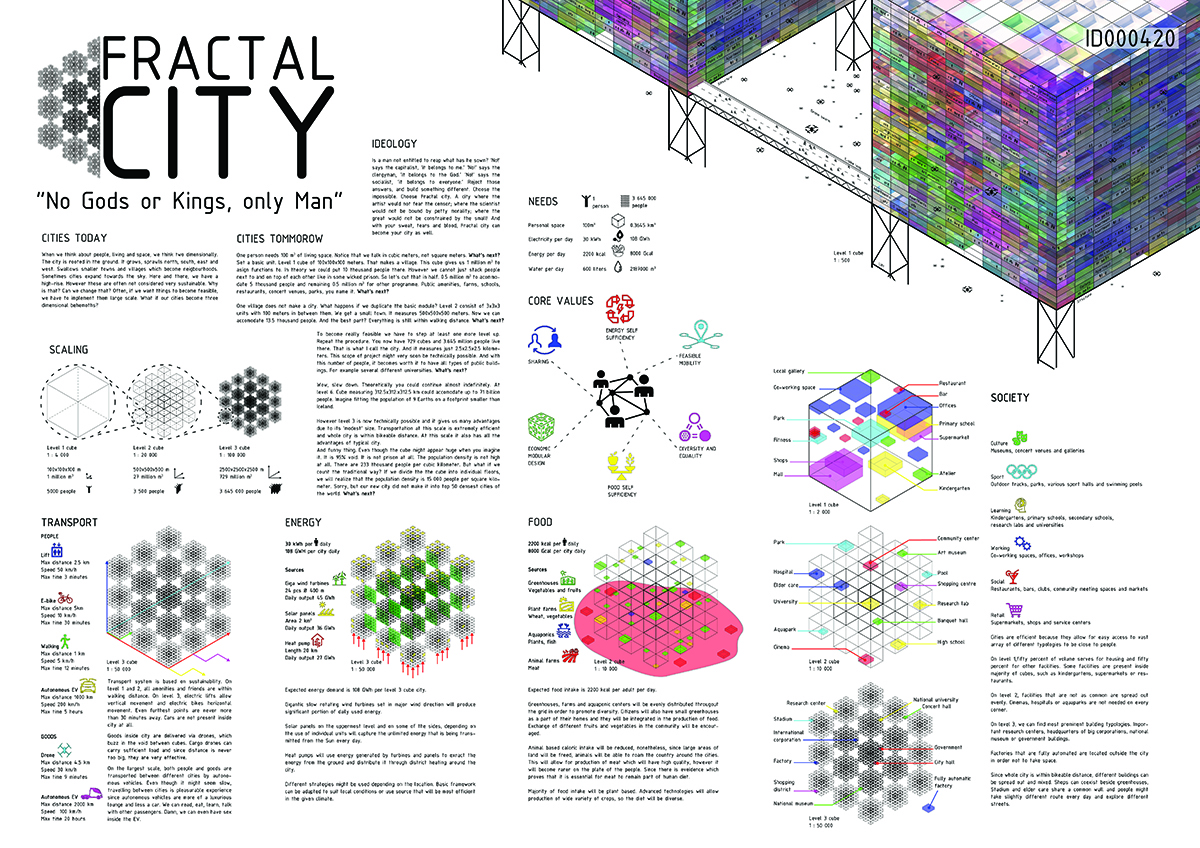
Honorable Mention: Ondrej Slunecko from Aarhus V, Denmark
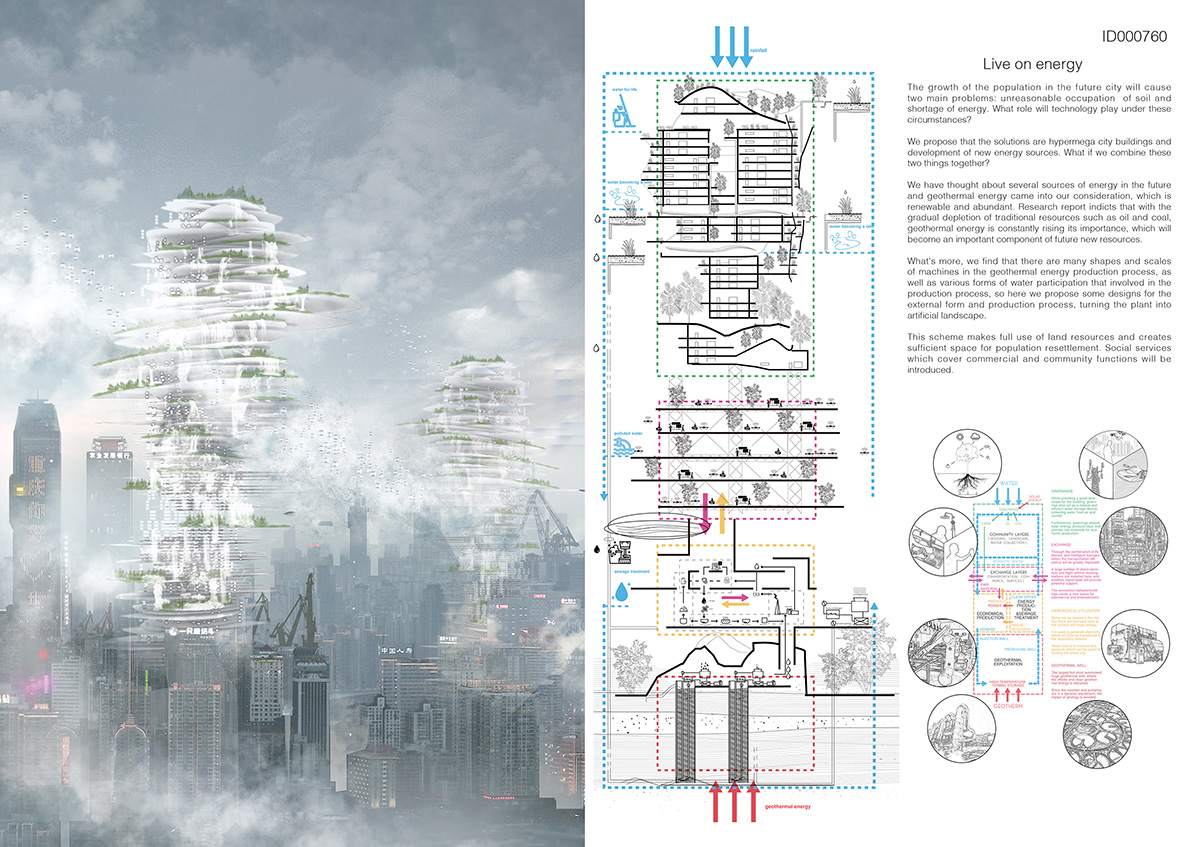
Honorable Mention: Gong Zhichen, Wu Tianrong, He Congying, He Yingzhi from Wuhan, China
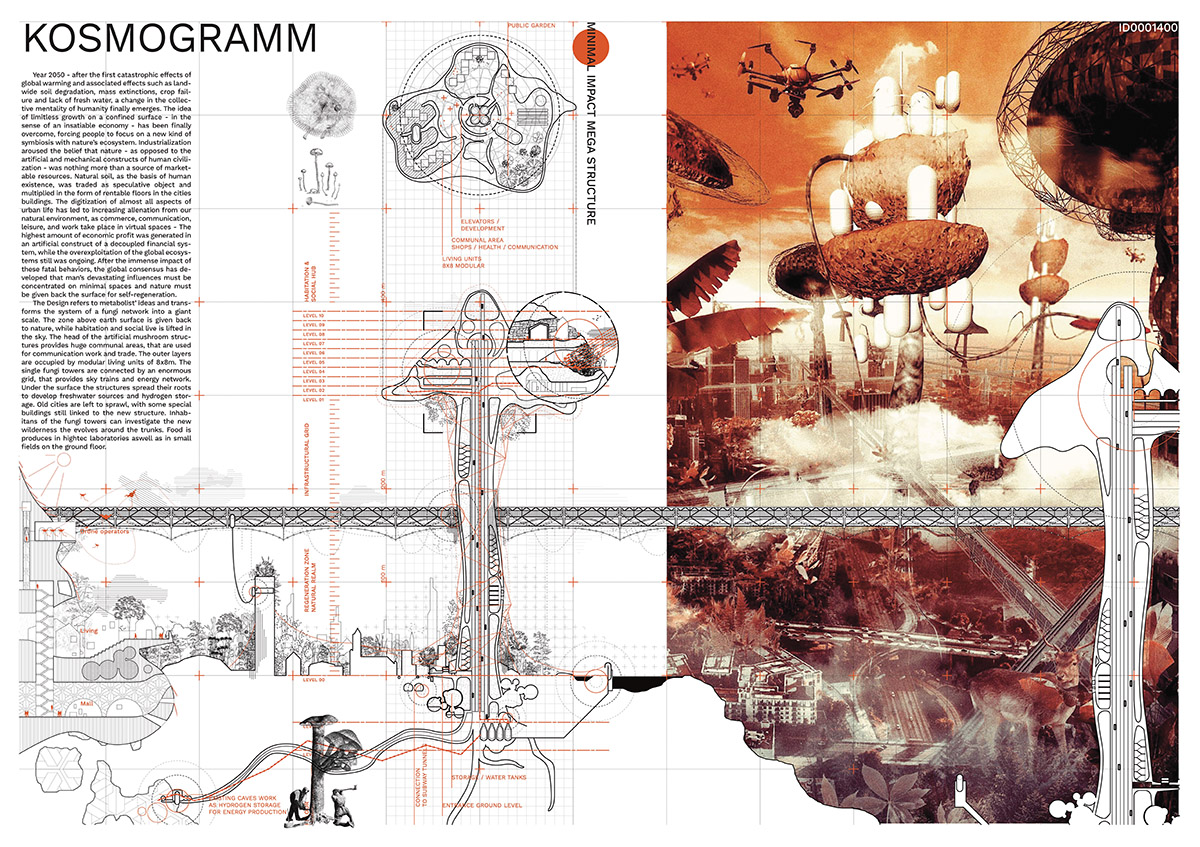
Honorable Mention: Ferdinand Klopfer from Vienna, Austria
To see all competitions on WAC Competitions page.
All images courtesy of 24H
> via ideas forward